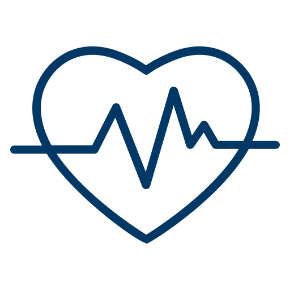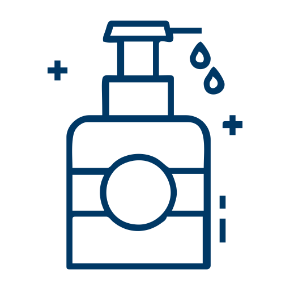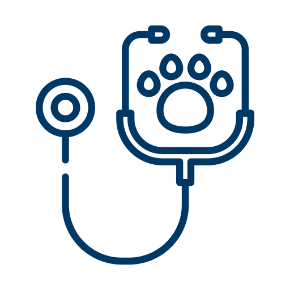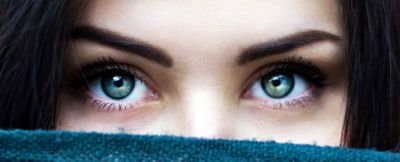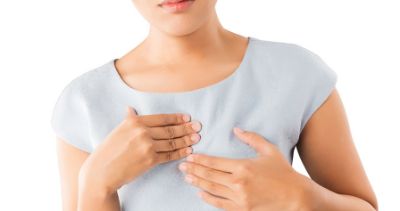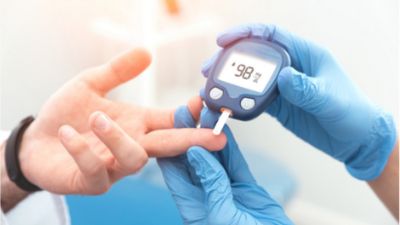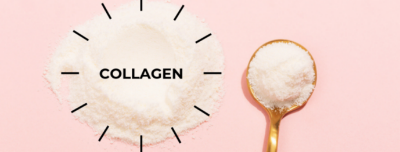Proteins are wonder workers that are crucial to good health. The word ‘protein’ comes from the Greek ‘proteos’, meaning ‘primary’ or ‘first place’. This gives an indication of its importance among nutrients! Proteins are made up of amino acids that join together to form long chains. You can think of a protein as a string of beads in which each bead is an amino acid. Your body uses amino acids to build and repair tissues, and make enzymes, neurotransmitters and hormones that are involved in hundreds of bodily functions. They are an important component of bones, muscles, cartilage, skin, and blood.
For proteins to be properly utilised, we need adequate stomach acid to break them into usable amino acids from animal and plant sources in our diet. The production of hydrochloric acid in the stomach naturally diminishes as we age, and - worryingly - it is also suppressed when we stress a lot. In its wisdom, the body pulls energy, blood and attention away from digestion when our nervous systems enter fight or flight mode and sends all available resources to the muscles in preparation for running or fighting. When we suffer from chronic stress, the stomach simply does not produce sufficient hydrochloric acid to make good use of the proteins we consume.
Although we tend to eat a lot of protein as a society, we still see many people suffering from arthritis, knee, hip and joint dysfunction, thinning hair, ageing skin, brittle nails, cellulite, anxiety and depression – a good indication that we are not digesting our proteins well.
Is it any wonder then that collagen is so popular? Besides the visible benefits for skin, hair and nail health, collagen has been lauded for its ability to treat intestinal permeability. It is also taken to strengthen joints and increase bone health, boost muscle mass and support heart and nervous system health.
Good quality collagen is hydrolysed, which means it has already been broken down into very small absorbable particles and is convenient to use. No need to handle questionable animal parts and cook your own broth for days on end.
The three main types of collagen used for supplements are types I, II and III.
Type I Collagen - 100% found in marine (fish) collagen, and present in smaller amounts in porcine (pig) collagen and some forms of bovine (cattle) collagen. Type I makes up 75 - 90% of the collagen found in your skin, hair, nails, organs, bones and ligaments. For skin and beauty applications, type I collagen is considered to be the best. Type I also stimulates the production of type II in the body.
Type II Collagen – found in chicken and bovine collagen. Type II collagen makes up the fluids and function of the cartilage and joints. Its main supplemental purpose is for the treatment of joint pain and arthritic conditions, as well as being a dietary protein source. Type II collagen makes up 10% of the total collagen in the body and 50 - 60% of the protein found specifically in our cartilage.
Type III Collagen - Found together with type I in porcine (pig) and bovine (cattle) collagen if from bovine hide. Type III collagen is the second most abundant collagen in tissues, most commonly in those with elastic properties such as skin, lungs, intestinal walls and walls of blood vessels. It is also found in fibrous protein in bone, cartilage, dentin (a strengthening coating on teeth), tendons and other connective tissues.
Type I and III are mostly found together, and are beneficial for hair, skin and nail health, strong bones and digestive health. Type II is most beneficial for joints. Note that if you take type I, your body can make type II from it. If you decide to use both kinds, be sure to take them at different times of the day: type I and III in the morning, and type II at night before bedtime on an empty stomach. An important consideration is to always seek out collagen from clean sources - free range and pasture-raised beef or chicken, and fish free from contaminants and heavy metals.


